Understand
Opole, the historical capital of Upper Silesia, has risen from the ashes after being heavily damaged during World War II. The city's Old Town, with its beautifully rebuilt houses, is a testament to resilience and determination. Discover Opole's rich cultural heritage through music, as it hosts one of the most popular song festivals in the country every June. Additionally, Opole serves as an important center for Poland's remaining small German minority, adding to its vibrant and diverse community.
Map & Climate
Popular Foods
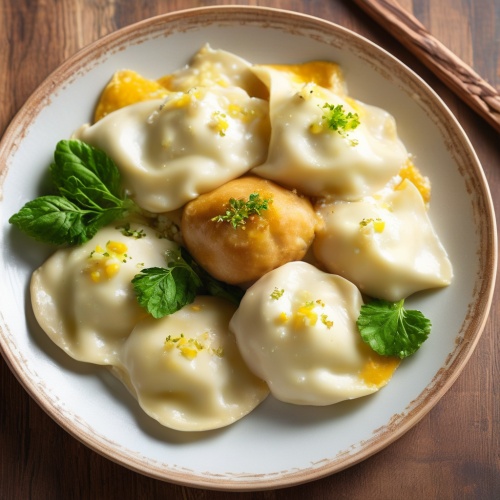 Pierogi: These are traditional Polish dumplings filled with various ingredients, often including potatoes, cheese, sauerkraut, or meat. They can be boiled, fried, or baked and are typically served with sour cream or butter.
Pierogi: These are traditional Polish dumplings filled with various ingredients, often including potatoes, cheese, sauerkraut, or meat. They can be boiled, fried, or baked and are typically served with sour cream or butter. 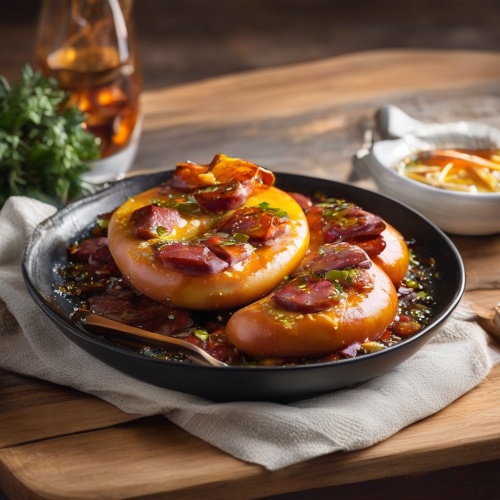 Kielbasa: This smoked sausage is made from pork meat and comes in various types, such as fresh (biały) or smoked (czerwony), depending on the level of smokiness. It's commonly eaten grilled, pan-fried, or even boiled and served alongside mashed potatoes, cabbage, or other vegetables.
Kielbasa: This smoked sausage is made from pork meat and comes in various types, such as fresh (biały) or smoked (czerwony), depending on the level of smokiness. It's commonly eaten grilled, pan-fried, or even boiled and served alongside mashed potatoes, cabbage, or other vegetables. 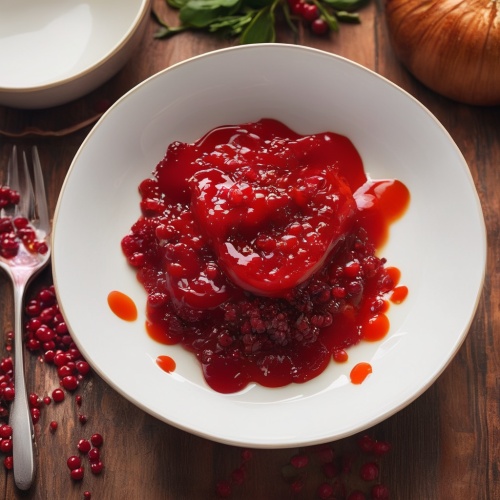 Szczawiak: A traditional Polish fruit compote made from sour cherries, plums, or other similar fruits, sugar, and spices like cinnamon and cloves. The fruit mixture is cooked until it becomes a thick, jammy consistency, and is then stored in jars for later consumption.
Szczawiak: A traditional Polish fruit compote made from sour cherries, plums, or other similar fruits, sugar, and spices like cinnamon and cloves. The fruit mixture is cooked until it becomes a thick, jammy consistency, and is then stored in jars for later consumption. Historical Appearance
 Traditional Male Clothing
Traditional Male Clothing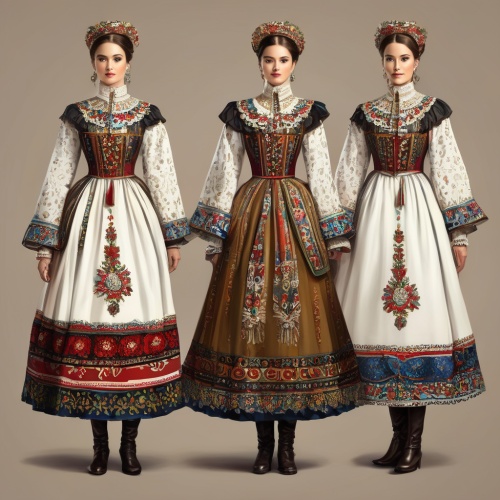 Traditional Female Clothing
Traditional Female Clothing
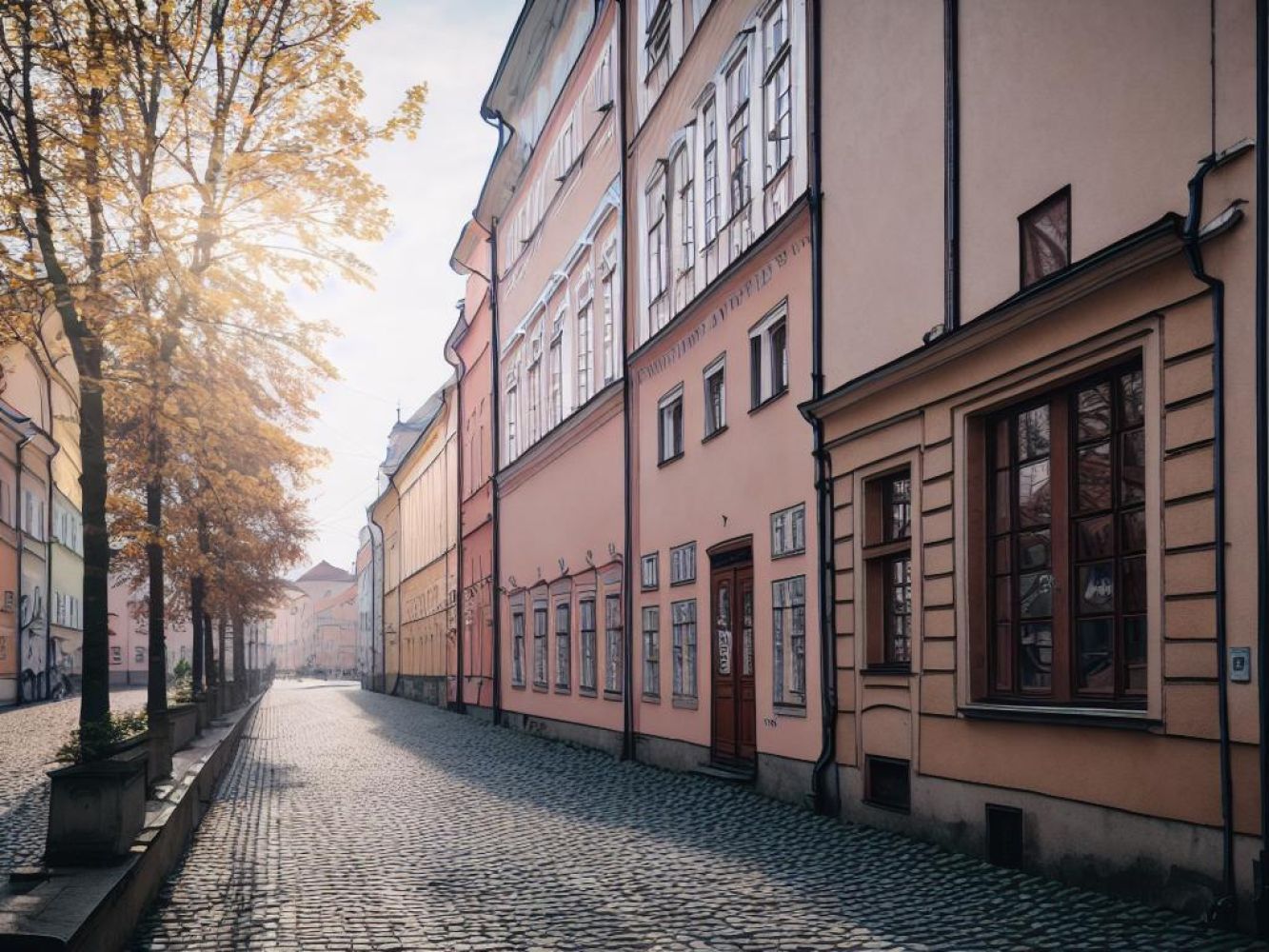







Comments
NO COMMENTS